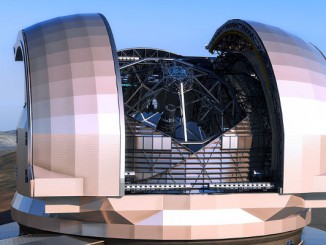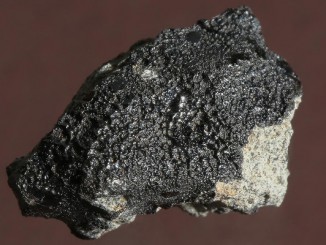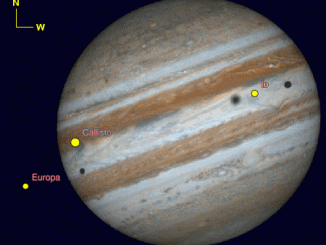
Month: December 2014

News

News
Pulsar with black hole could hold the ‘holy grail’ of gravity
The intermittent light emitted by a pulsar allows scientists to verify Einstein’s theory of relativity, especially when paired up with another neutron star that interferes with its gravity. According to researchers from Spain and India, this theory could be analysed much more effectively if a pulsar with a black hole were found.

News

Picture This

News

News

Observing

News

News

News
